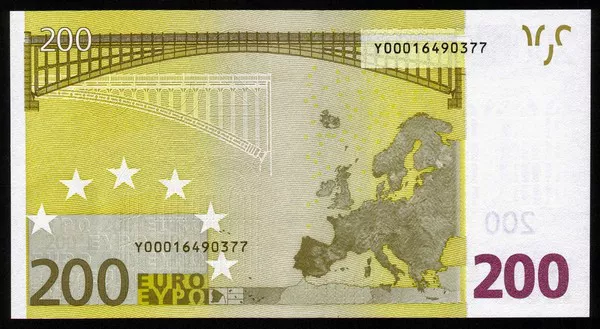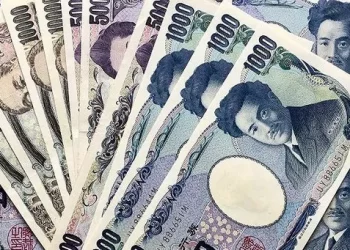Assets held centrally by central banks and other government agencies and readily convertible into foreign countries to meet the needs of international payments.
It has the following four functions: 1. Maintaining international reputation and improving external financing ability The amount of foreign exchange reserve represents a country’s ability to pay off foreign debts, and can also understand the size of a country’s economic strength. It is the most direct embodiment of economic ability and can be used to judge a country’s credit standing.
At the same time, it also helps us gain more competitive advantage in the international competition.
The foreign exchange reserve is also an asset of our country. If the foreign exchange reserve is large, it represents a high asset reserve of the Central bank, and there will be more financial support in our international economic affairs.
If there is a financial crisis, more reserves can mean you have more protection against risk.
3. Adjust the balance of payments and ensure foreign payment When there is a significant gap in the country’s import and export transactions or trade gap caused by other factors, foreign exchange reserves can be used to fill the deficit, maintain the country’s international trade reputation, avoid more economic crises and ensure normal economic development.
Four, intervention, stable currency exchange rate of the country is determined by the supply and demand of the country, if the country of supply and demand in the disorder of the imagination, anomalies, can lead to the development of market exchange rate will influence to the state of operation, this time the government will be held by using the technique of foreign exchange reserves to buy foreign bonds, adjust market stable exchange rate.
























